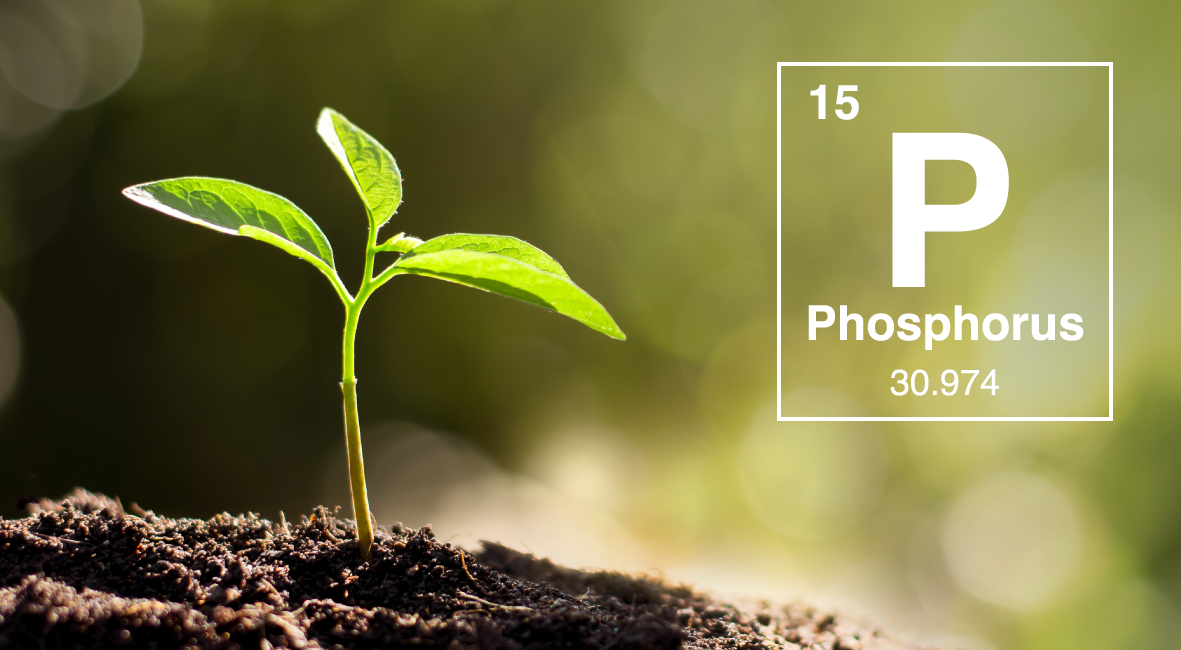We will no longer be heedlessly allowing environmental destruction and degradation to be considered economic progress.”
According to a new UNEP report, “Making Peace with Nature,” the global economy has grown nearly fivefold over the last 50 years, largely due to a tripling in the extraction of natural resources and energy that has fuelled growth in production and consumption. Over the same time, the world population has increased by a factor of two, to 7.8 billion people, and though on average prosperity has also doubled, about 1.3 billion people still live in poverty and some 700 million are hungry.
The new framework can be a game-changer in decision-making. By highlighting the contribution of nature, we now have a tool that allows us to properly view and value nature. It can help us bring about a rapid and lasting shift toward sustainability for both people and the environment.”
The adoption comes at a time when climate change continues its relentless march and the world is on track to reach new highs of warming, climbing to at least 3°C above pre-industrial levels by 2100. According to the World Meteorological Organization, 2020 was in a dead-heat to be one of the three warmest years on record, and 2011-2020 was the warmest decade on record, with the warmest six years all been since 2015. And the loss of biodiversity and ecosystem integrity, together with climate change and pollution will undermine our efforts on 80 percent of the Sustainable Development Goal targets.
And yet countries continue to make decisions on the economy without consideration to environmental impacts. Governments are still directing more than US$5 trillion in annual subsidies to fossil fuels, non-sustainable agriculture and fishing, non-renewable energy, mining, and transportation.
The new framework recognizes that ecosystems deliver important services that generate benefits for people. In essence, they are assets to be maintained, similar to economic assets. For example, forests play a role in providing communities with clean water, serving as natural water filters with trees, plants, and other characteristics, such as soil depth, that help absorb nutrient pollution like nitrogen and phosphorous before it can flow into streams, rivers, and lakes.
More than 34 countries are compiling ecosystem accounts on an experimental basis. With the adoption of the new accounting recommendations, many more countries are expected to begin implementing the system, though a significant number of countries will require assistance and additional resources for statistical data collection.
FAQ
What is natural capital?

Why does natural capital matter for economic growth? Isn’t GDP enough?

Natural capital is especially important to many developing countries because it makes up a large share of their total wealth – some 36 percent – and the livelihoods of many subsistence communities depend directly on healthy ecosystems. But currently, GDP ignores natural capital. In forestry, for example, timber resources are counted, but forest carbon sequestration is not. Other services, like water regulation that benefits crop irrigation, are hidden and the value is (wrongly) attributed to agriculture in a country’s GDP.
What are natural capital accounts? How are they different from the accounts that countries keep now?
How are natural capital accounts used?












